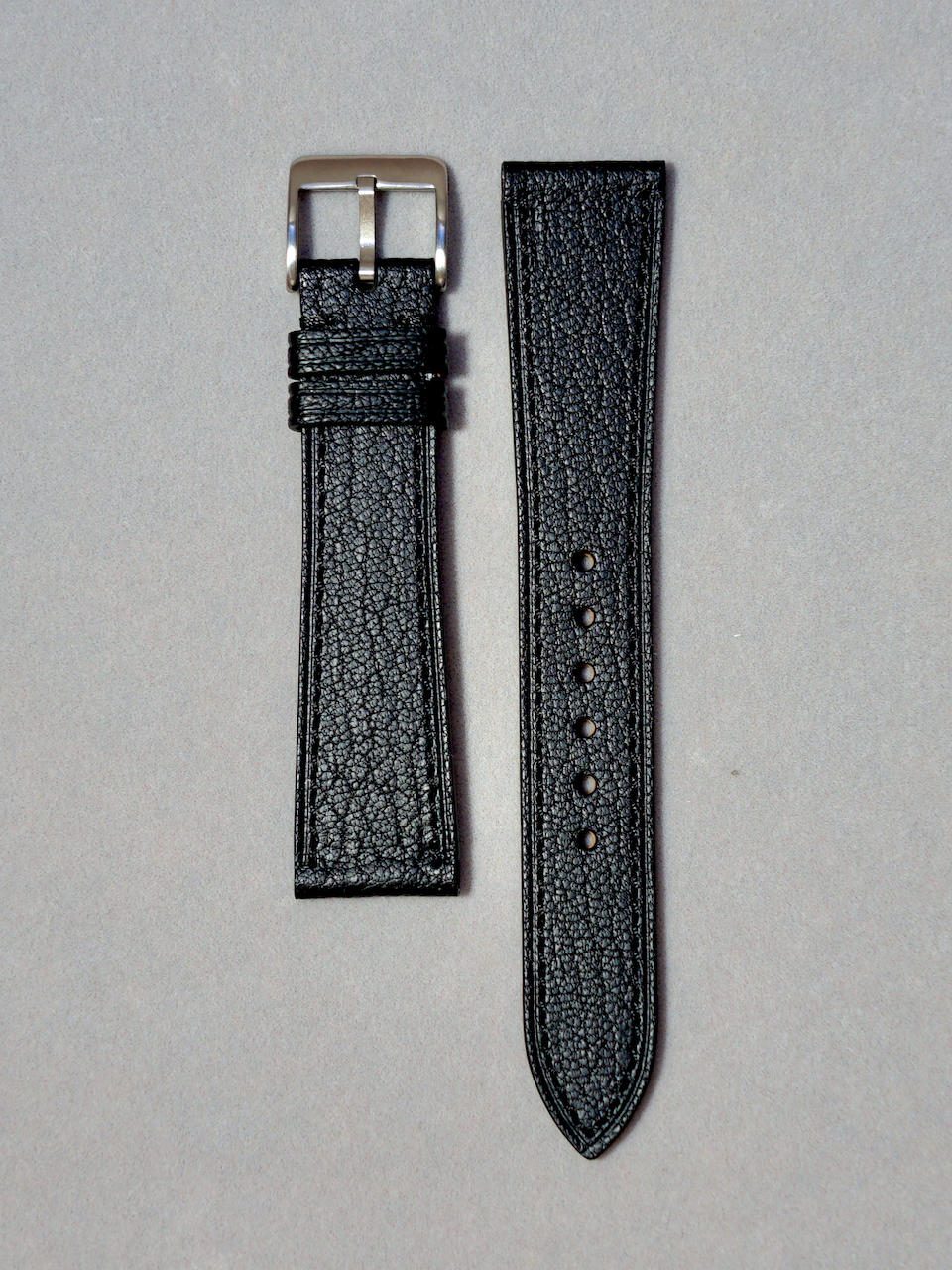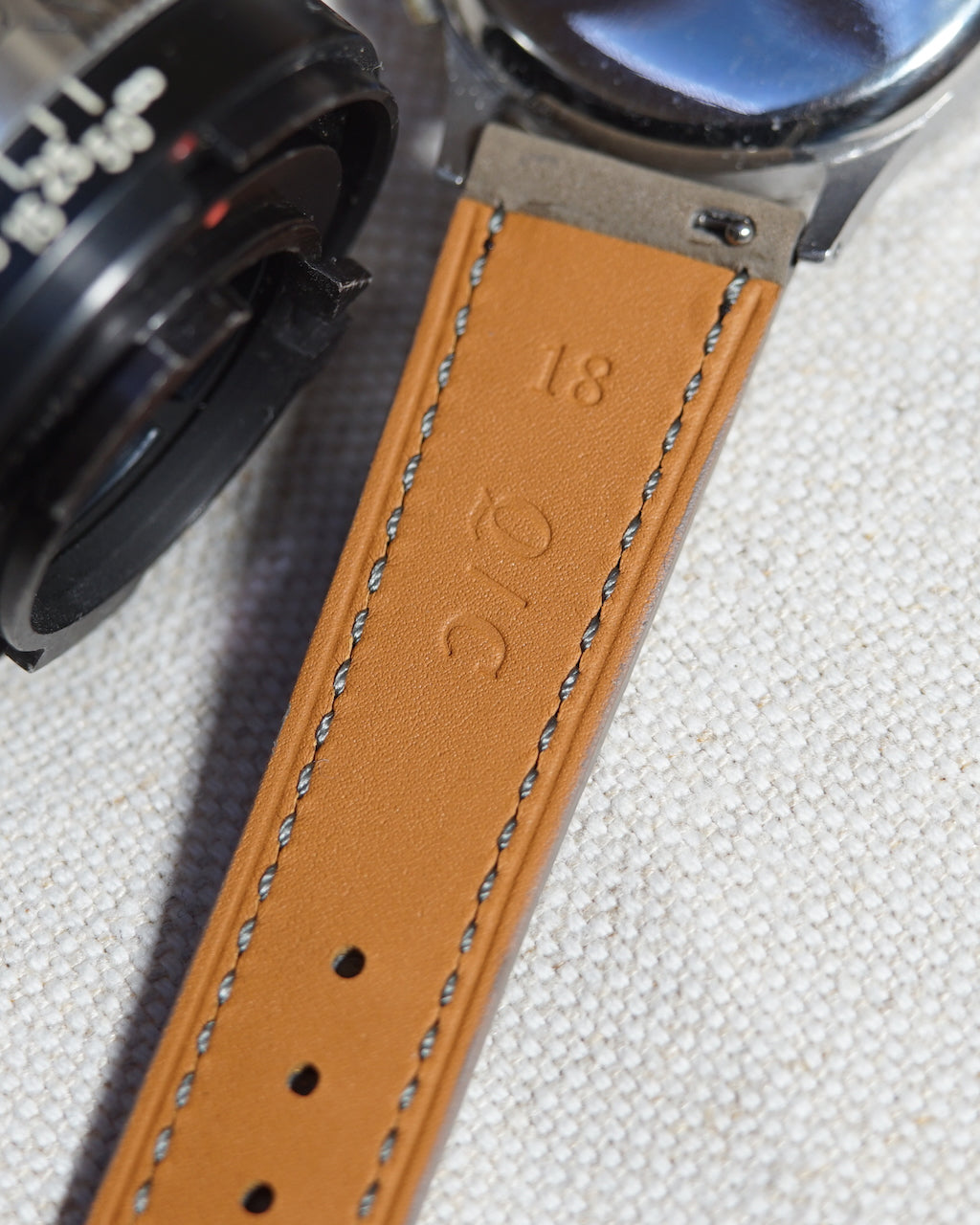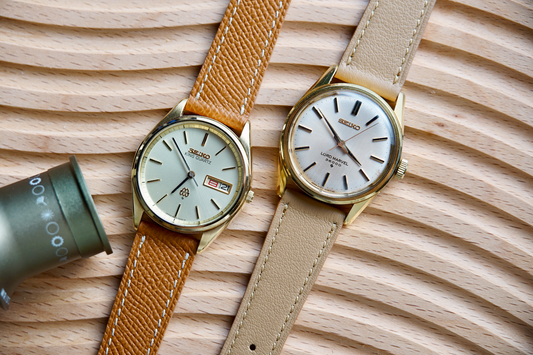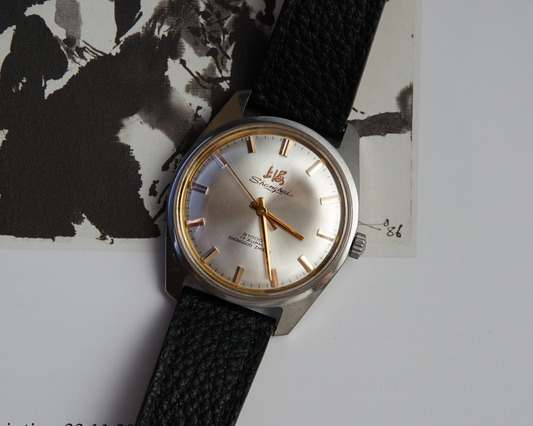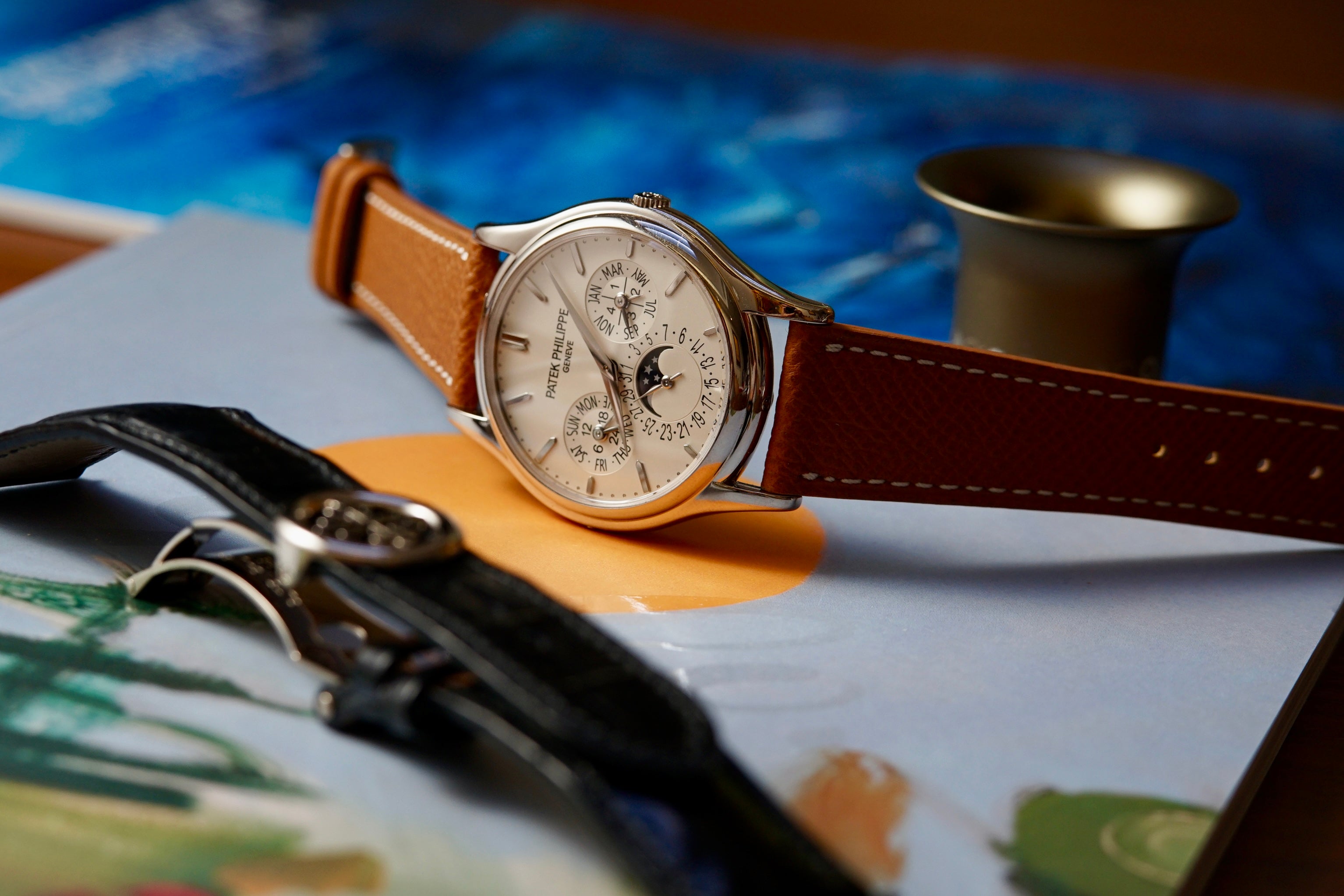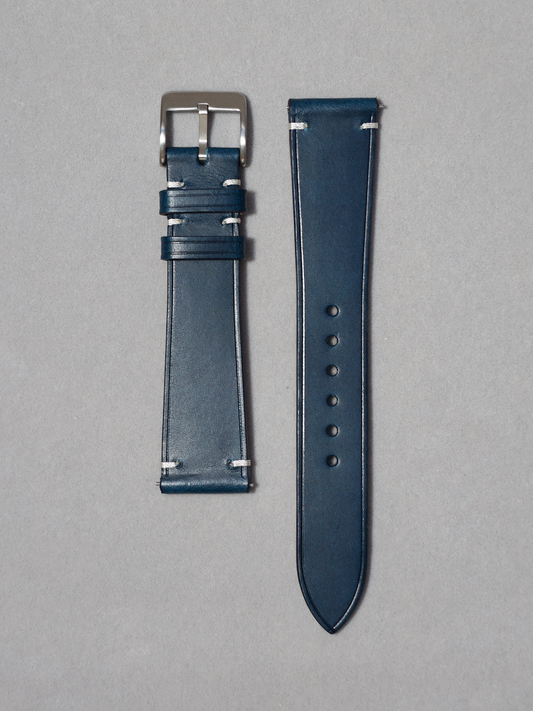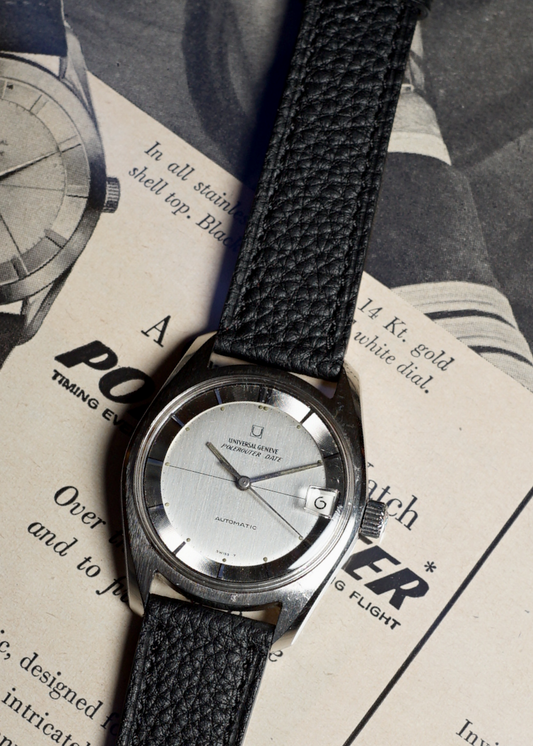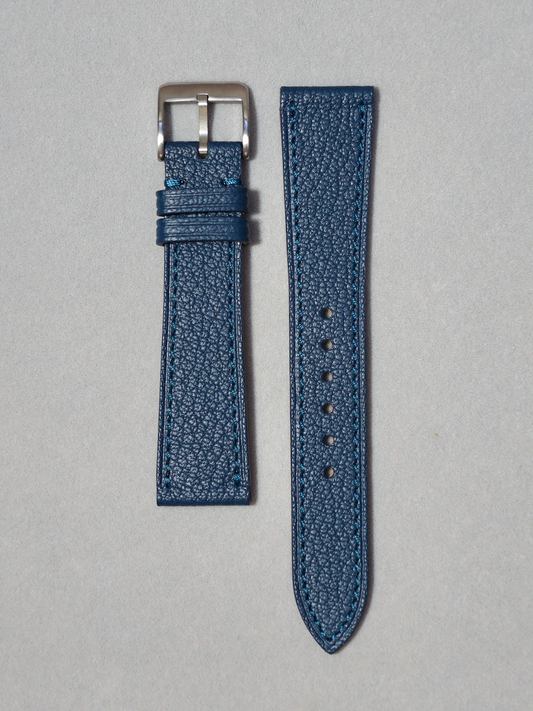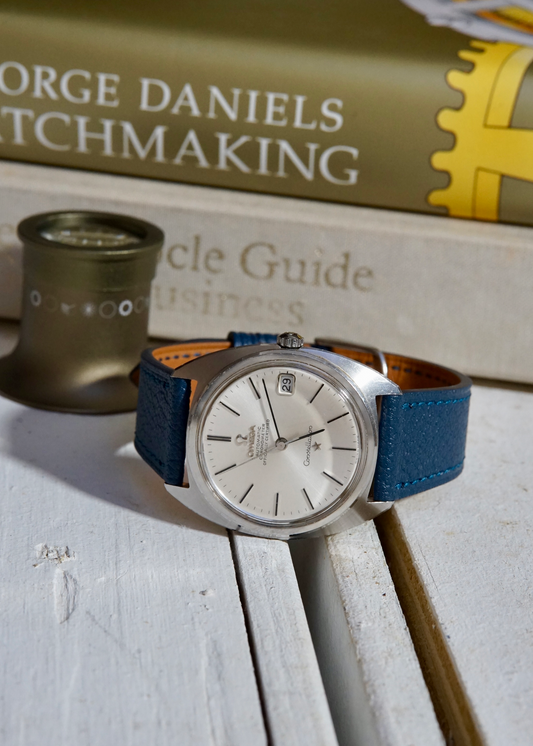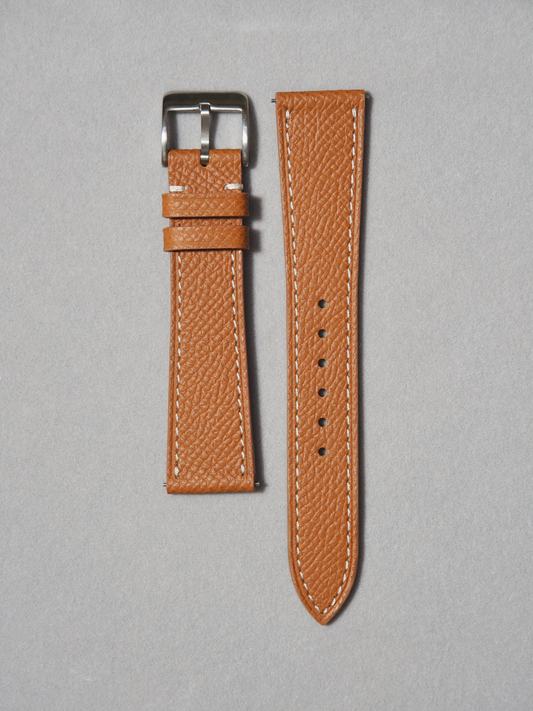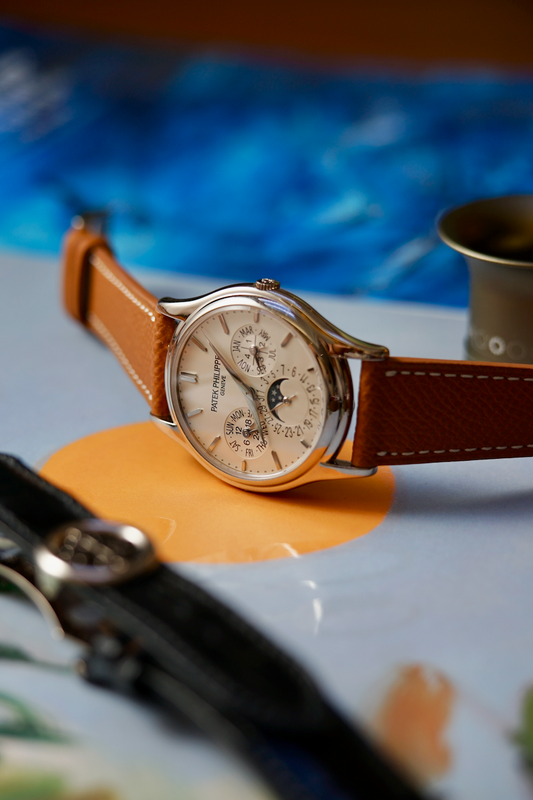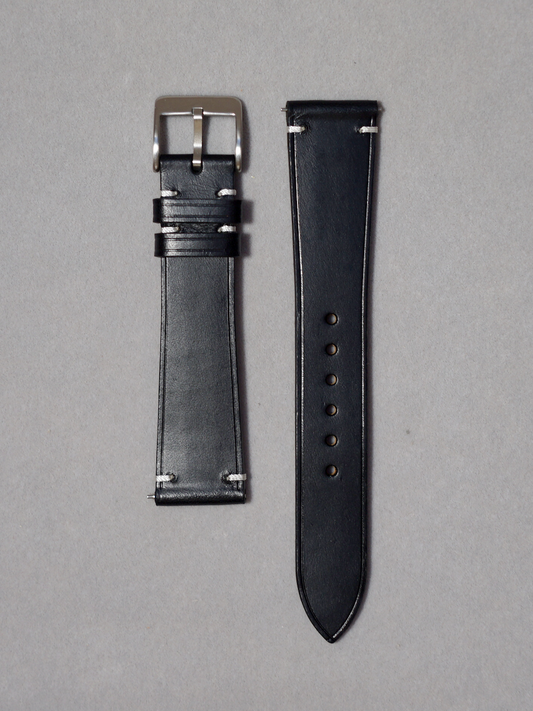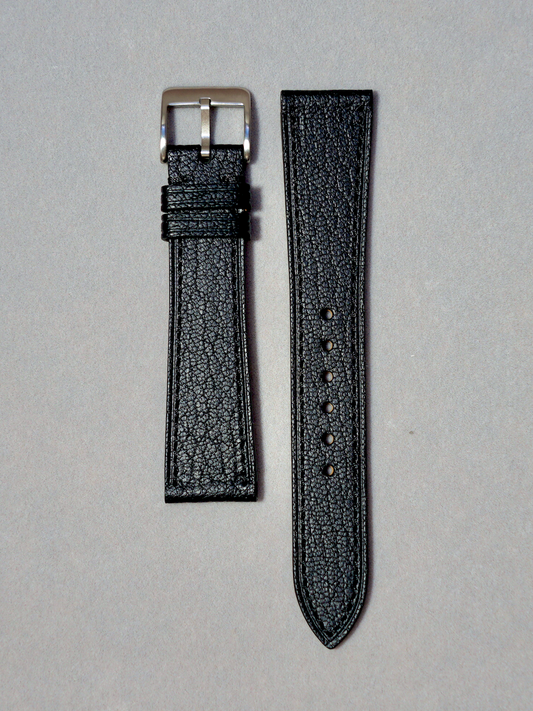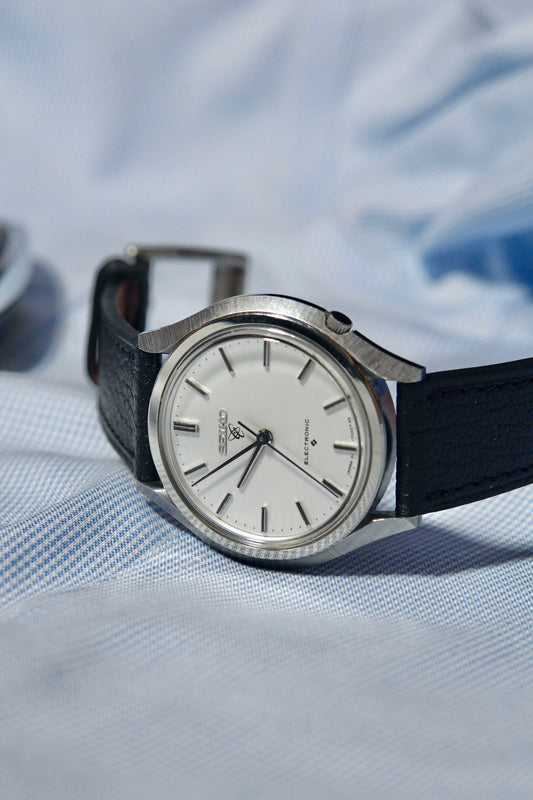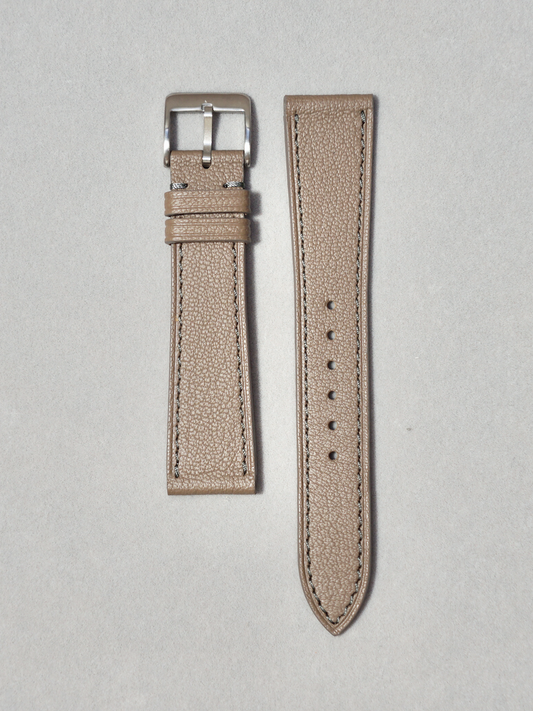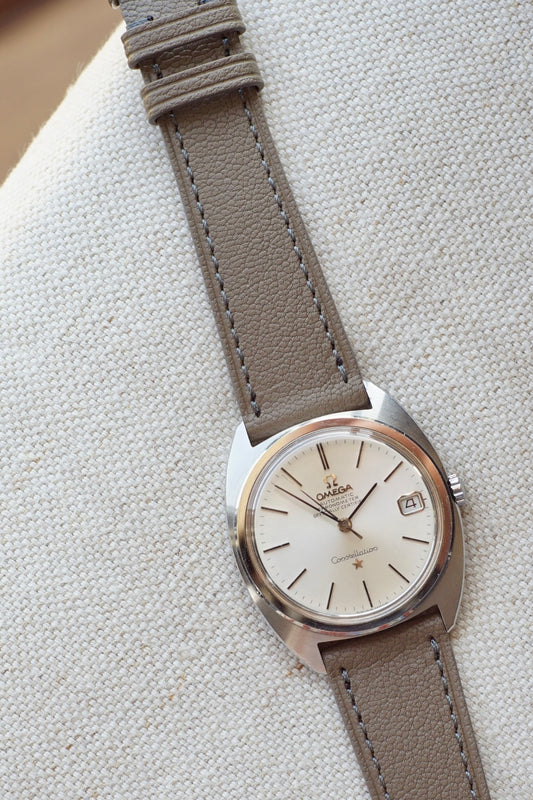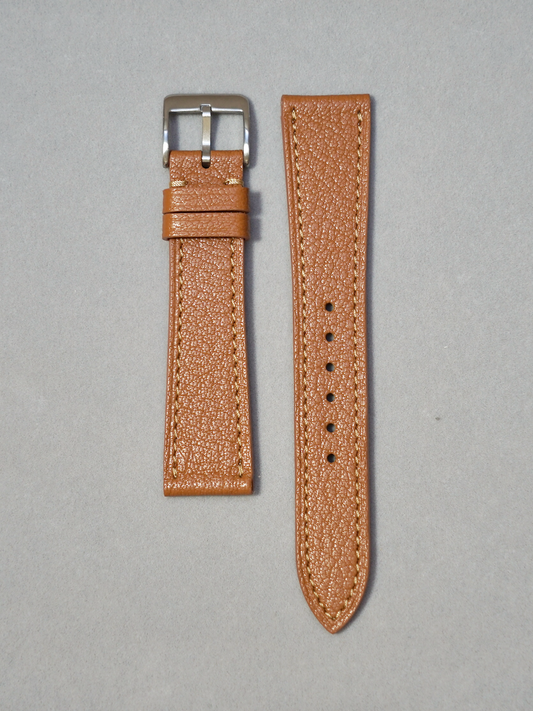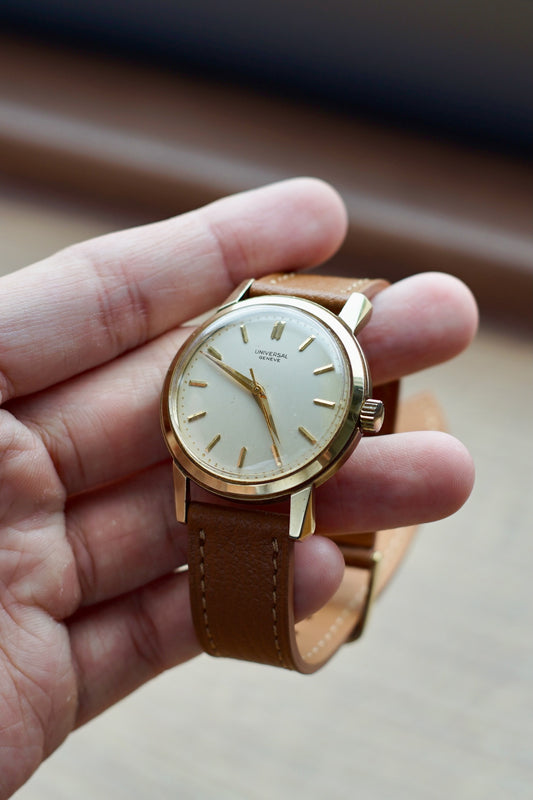
From East Wind to Seagull: Tracing the Pivotal Role of the DongFeng ST5, "1st CDM"
This article has been featured on Seagull's official website: https://seagullwatches.com/blogs/news/guest-feature-from-east-wind-to-seagull-a-journey-through-the-dongfeng-st5
Just like many vintage enthusiasts, I'm going through a phase where I relentlessly explore the world of Chinese vintage watches. This section of horology is one that I feel a particularly strong connection to right now, and I suspect this fascination will endure for some time. As I delve into the history of vintage Chinese watches from the 1950s and 1960s, in an effort to absorb as much information as possible, I came across a brand that initially didn't pique my interest - Dong Feng
The Early Beginnings of Tianjin Watch Factory
You're likely familiar with the Seagull 海鸥 brand and its famous Chronograph 1963. What's lesser known is that Seagull is actually a brand created for the overseas market, and it is based on the Dongfeng brand, hence the saying "先有東風,後有海鷗" (which translates to "Dongfeng came first, then Seagull").
Dongfeng came about after numerous iterations, from the ST1 to the ST3, all of which were based on the Swiss Titus FHF-28 movement. Tianjin even brought in Soviet watchmakers to help improve the ST1, leading to the addition of a shock-resistant system in the ST2. This was followed by the successful development of an aviation chronograph in 1965, the ST3 or code 304, which the renowned Seagull Chronograph 1963 is based on (even though the movement itself was introduced in 1965).
In January 1966, Tianjin Watch Factory established a dedicated movement design team. Just 7 months later, in August 1966, the ST5 was born. The ST5 was the first-ever self-developed movement by a Chinese watch factory. The 19-jewel ST5 was also the first movement assembled using locally made components, apart from the mainspring and shock-resistant system. Contemporaneously, the Dongfeng brand was established alongside the ST5, specifically to house China's first self-developed, domestically produced movement.

ST5's Technicalities
The ST5 had a diameter of 27mm and a thickness of 3.8mm, with a power reserve of 44 hours. Apart from being the first self-developed movement by a Chinese watch factory, the ST5 was capable of reaching a frequency of 21,600 vibrations per hour, achieving an accuracy of +/- 30 seconds per day. This leveled the playing field when it came to horological accuracy, even though it was a bit late to the game.

The ST5 was priced at 120 yuan at the time, which was considered a luxury product, given that the average blue-collar worker was earning only 20-40 yuan per month.
The Name Dongfeng
The Dongfeng

The name originated from Chapter 82 of the classic novel "Dream of Red Mansions": "When it comes to family matters, either the East Wind suppresses the West Wind, or the West Wind suppresses the East Wind." This line was also adopted by Mao during the 1957 Moscow Conference of Communist and Workers' Parties as a metaphor for socialist superiority over imperialism, perfectly aligning with the political climate of the era.
On design...
When I received the Dongfeng watch, I was immediately drawn to the intricately designed raised logo, paired with a logo at the caseback and crown signed "ST." This felt like a cohesive, complete package. I wasn't sure if the case was polished or not, as the edges felt smooth, but I could clearly see the scratches and lines from daily wear, perhaps indicating the watch had been polished early on.

The red lollipop second hand definitely adds more vibrancy and liveliness to an otherwise understated design. I thought the hour and minute hands, being more substantial than the typical dauphine hands found on Shanghai watches, was a perfect choice. The weighty presence of the "Dongfeng" text and its political connotations add further gravitas to the overall aesthetic of the watch, which I felt warranted the use of these bolder, more substantial hour and minute hands.
Alran Sable Grey with my DongFeng ST5
I chose to pair this Dongfeng watch with an Alran Taupe strap - a grey strap with a subtle hint of a warmer, more taupe-like tone. I felt this complemented the slightly patinated sunburst dial of the watch beautifully. The warm undertones of the grey strap nicely accentuated the vintage, well-worn aesthetic of the dial, creating a harmonious and cohesive overall look and feel.

Beyond this Dongfeng piece, there's another important chapter in the history of Chinese horology that I'm eager to explore and write about next. Stay tuned for more!

Source:
- http://www.chinahorologe.com/contentdetail.aspx?id=2414
- http://www.iwatch365.com/forum.php?mod=viewthread&tid=18389991&page=1#pid23222499
- https://www.163.com/dy/article/HULGGGNJ05159NLJ.html
- https://17jewels.info/movements/f/fhf/fhf-28/
